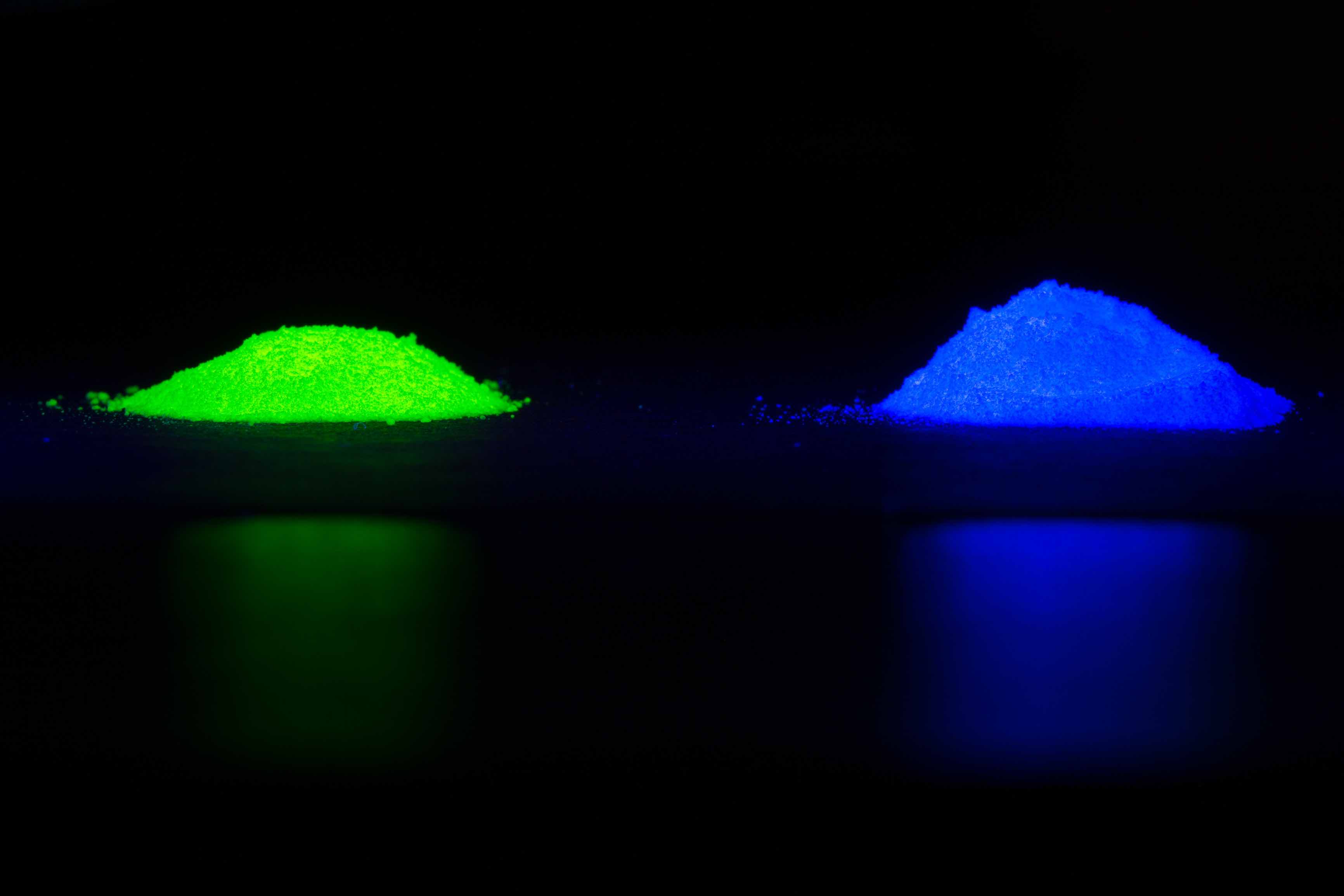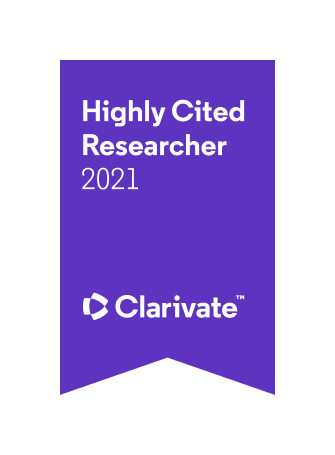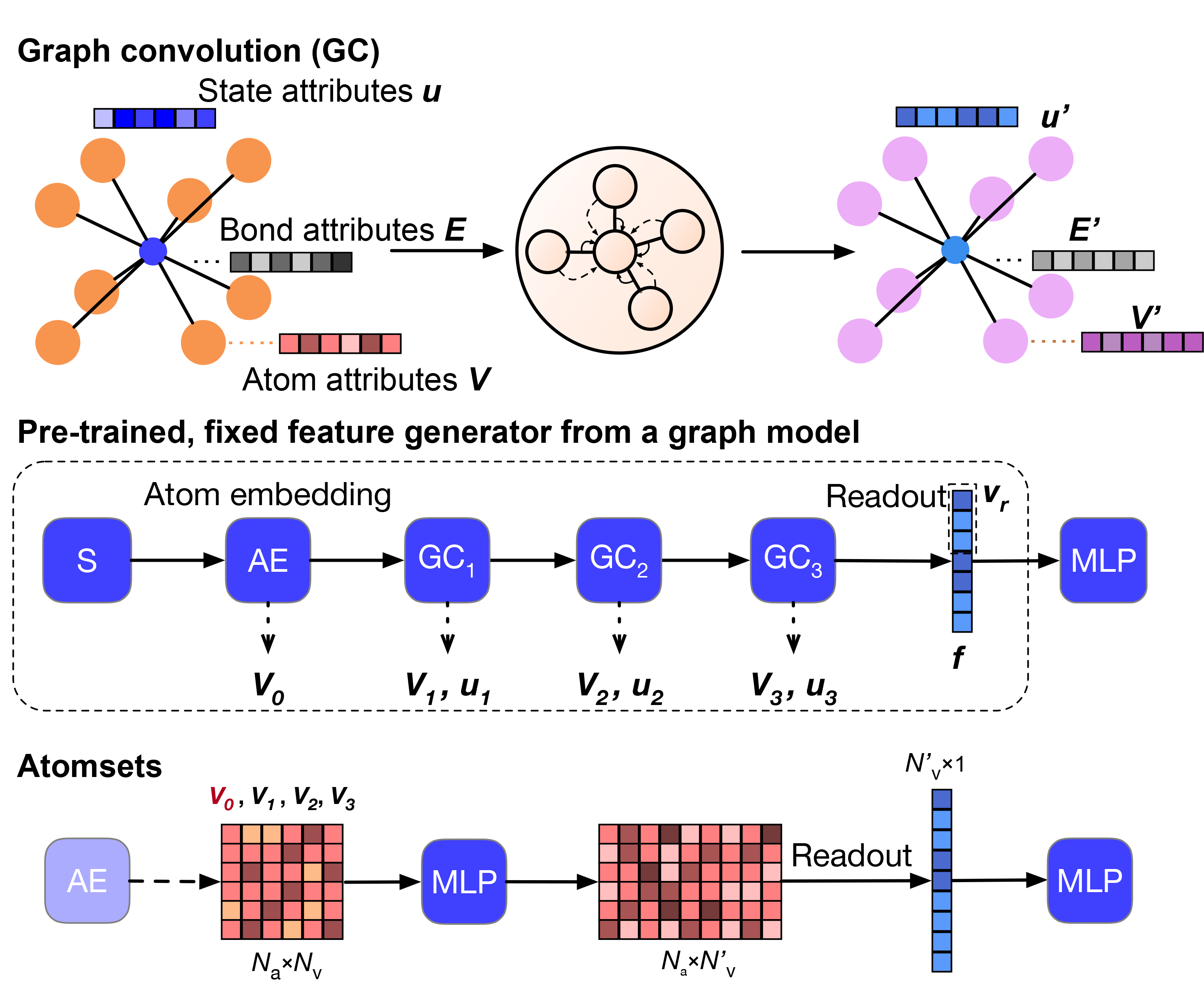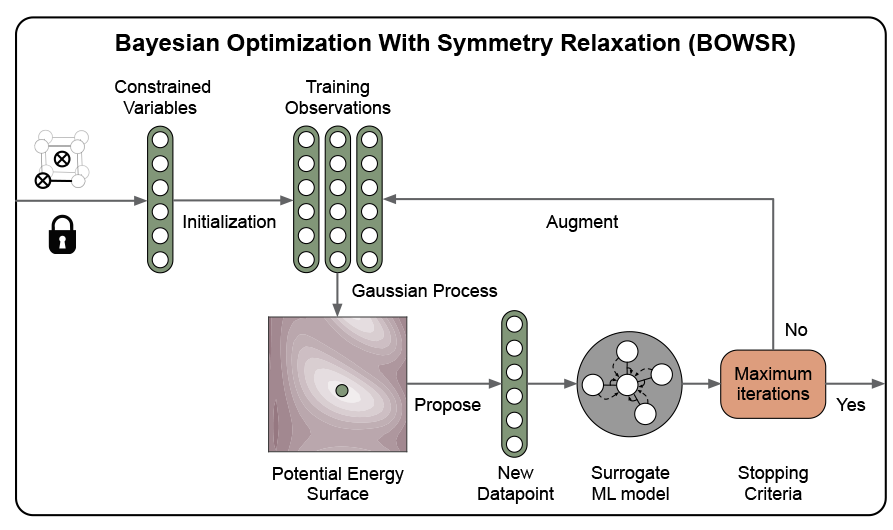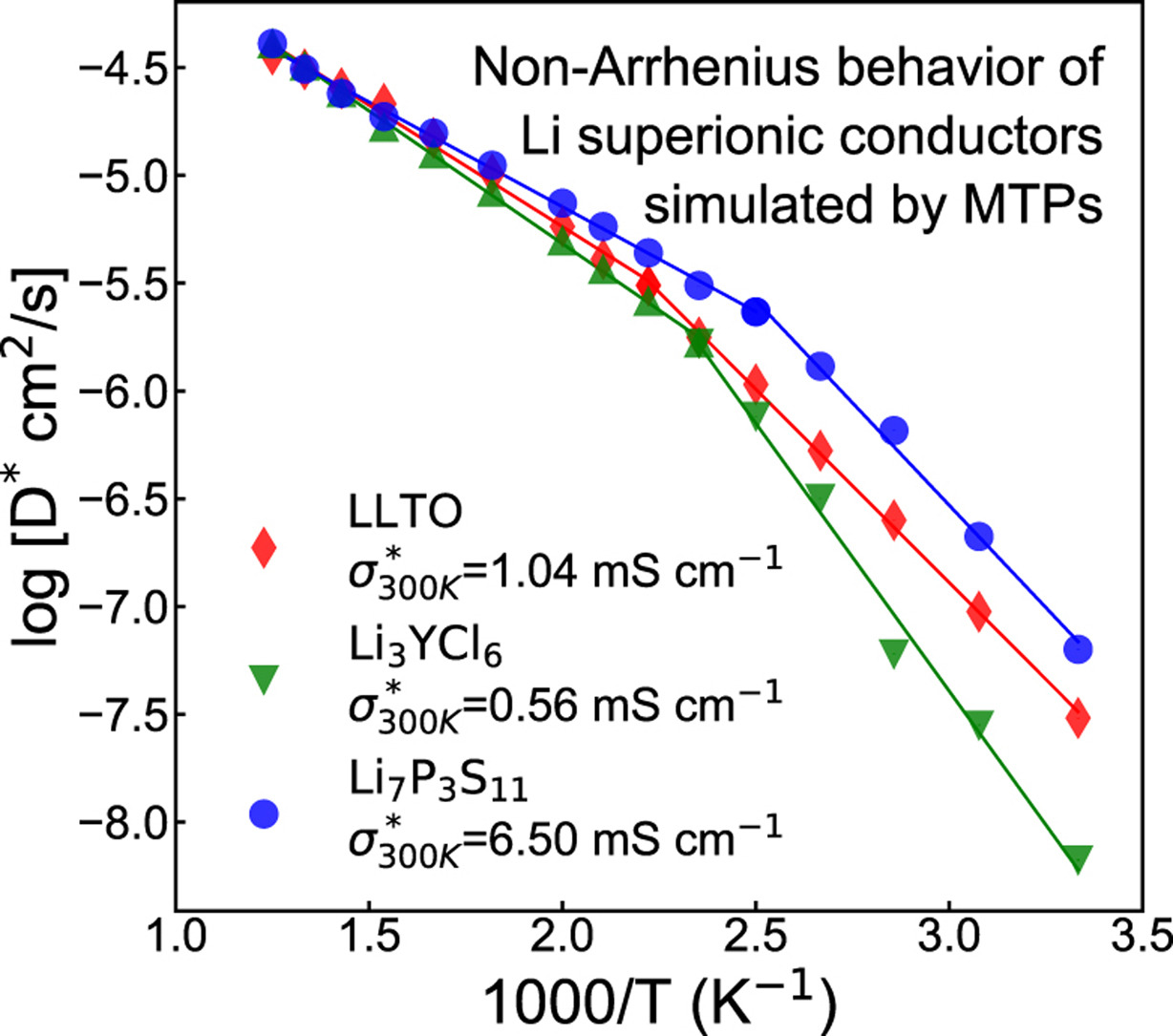Highly Cited Researcher 2021
Prof Ong has been identified by Clarivate as a Highly Cited Researcher in 2021! Each year, Clarivate identifies the world’s most influential researchers ─ the select few who have been most frequently cited by their peers over the last decade. In 2021, fewer than 6,700, or about 0.1%, of the world’s researchers, in 21 research fields and across multiple fields, have earned this exclusive distinction.

